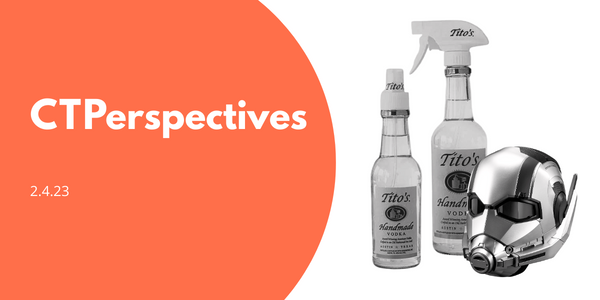
Once a branding play for advertisers, Facebook is now focused on interest targeting. Last week the social giant announced changes to its advertising. Now, brands can tailor ads based on what users are doing outside Facebook. (Previously, Facebook’s re-marketing relied solely on profile data and behavior within the platform.) Whether the average user will appreciate the increasingly personal touch is to be determined, but one thing’s for sure– marketers should get excited. Here’s why.
Your targeting options are now better than ever. You can browse very specific categories. Instead of just “Entertainment” you can drill down to “Games.” Even better you can choose “Board Games” or “Online poker.” With so many options you can select the ones that best suit your target. Because, as we all know, the person who likes board games is usually very different from the person who prefers online poker. But wait, there’s more…
Users also have the power to personalize. In fact, they’re more in control than ever. Not only can they learn why a particular ad was served to them, they can opt out of entire categories of ads altogether.
Your buys are about to get more efficient. Online ads that are highly-targeted to consumers lower in the purchase funnel typically perform better, increasing the return on ad spend and driving direct response advertisers to increase their budgets.
Although interest marketing has great potential to help advertisers maximize ad spend, buyer beware. There are do’s and don’ts that will make or break any campaign.
- Do it in moderation: The average user is uneducated and uneasy about how interest targeting works, so it doesn’t pay to overdo it. Make sure your frequency is not too high. If you abuse your privilege, users will get annoyed and creeped out.
- Develop a specific messaging strategy: Utilizing more sophisticated targeting creates a need for tailored messages. Why say the same thing to your entire audience when you can now speak directly to each pre-qualified subset? Identify the categories that appeal to your targets, and develop messages that resonate with niche audiences. This could mean, for example, understanding your sports audiences so well that you create different ads for soccer fans versus baseball buffs. Don’t let so many creative opportunities go to waste by failing to properly tailor the message.
- You can’t just press play and walk away: Custom targeting requires constant monitoring in order to determine which targets and ads are performing best. Even the most creative campaigns can flop if you fail to monitor, report, and optimize. Especially now that Facebook users have the ability to opt out of certain categories of ads, it’s important to keep your eyes and ears open. If you’re going to do it, do it right.
It’s up to agencies and clients to navigate the space together as the capabilities continue to evolve. When it comes to Facebook, that’s just about every month.




